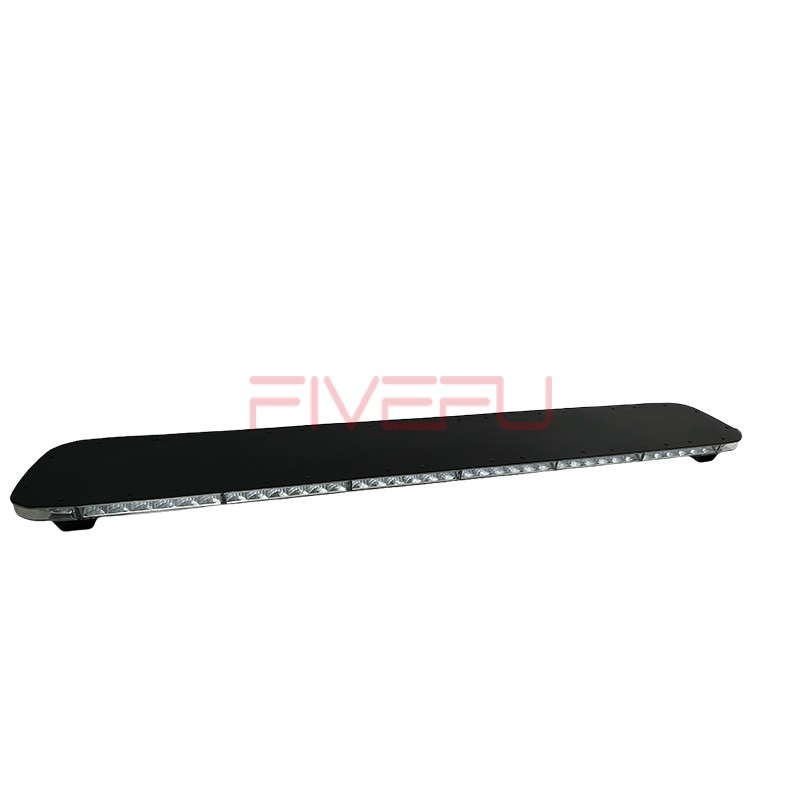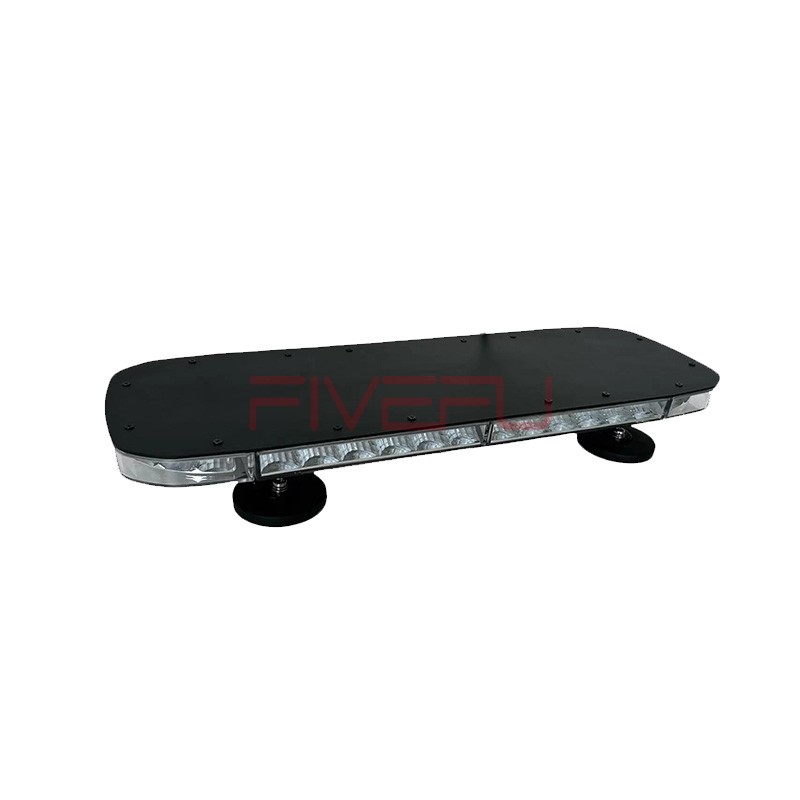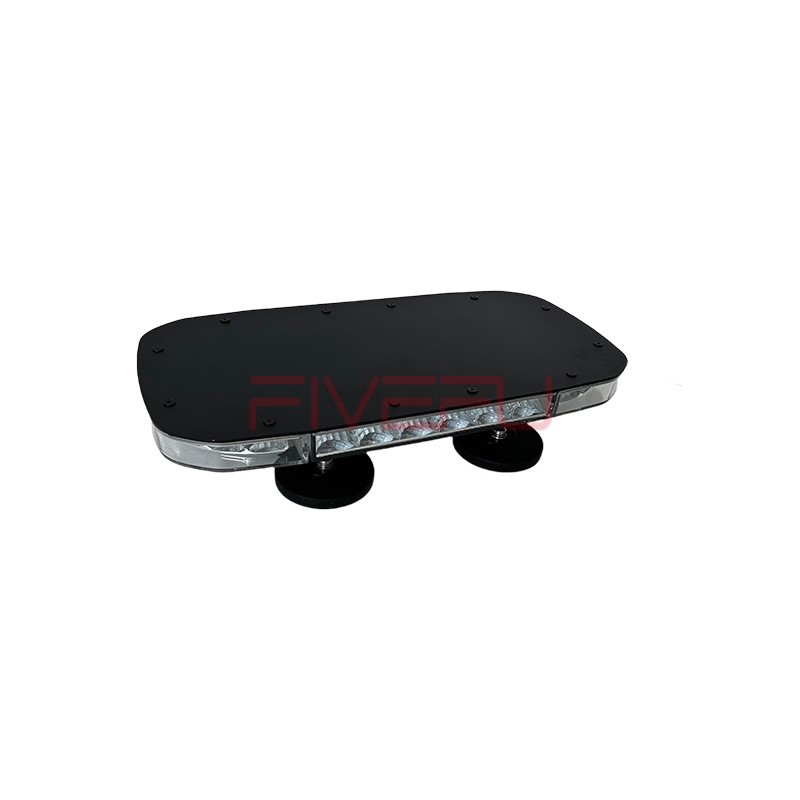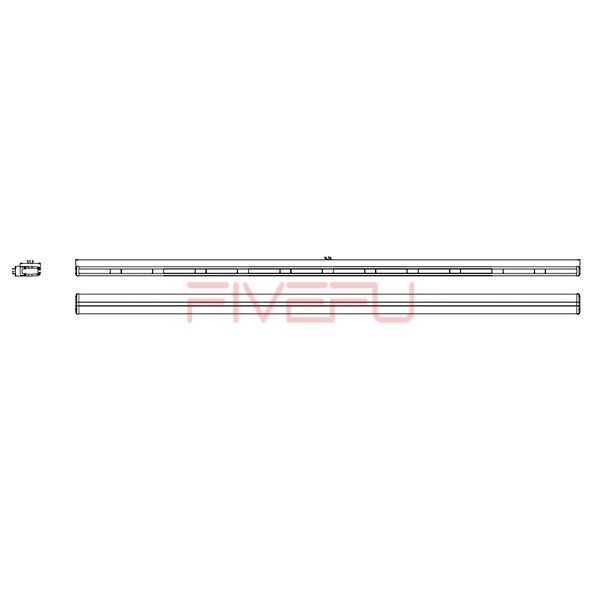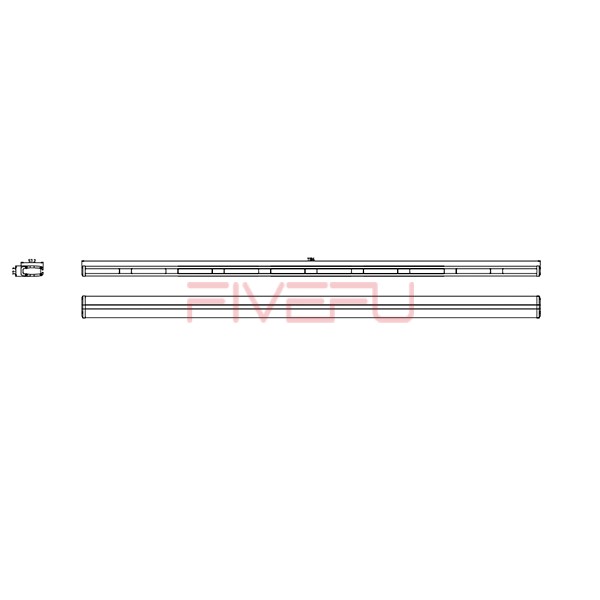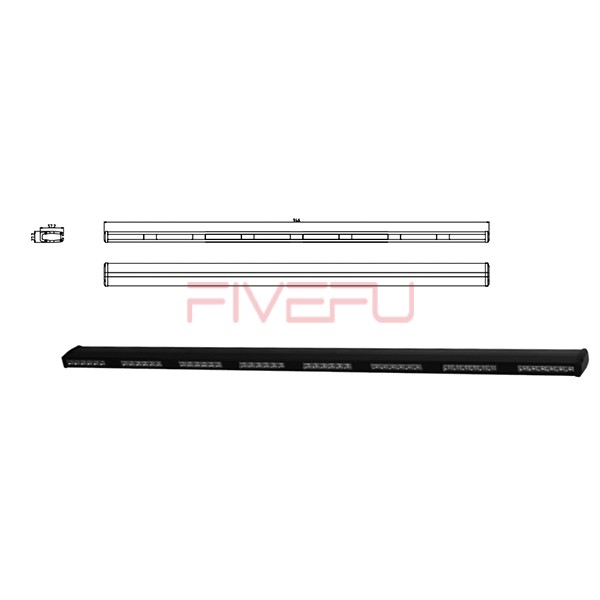When a police officer needs to respond urgently, seconds matter. Without a quick and reliable way to alert other drivers, delayed reactions can cause accidents or cost lives. That’s why modern patrol cars use integrated lighting and control systems to ensure instant visual warnings.
Police officers activate their emergency lights using a control switch panel or steering-wheel-mounted button connected to the vehicle’s lighting and siren system. These controls trigger LED or strobe light modules—usually red, blue, or white—to flash in specific patterns synchronized with audible sirens, ensuring maximum visibility and public awareness in emergencies.
Understanding how these systems work helps drivers react properly on the road.
What Are Police Emergency Lights?
Police emergency lights are high-intensity flashing lights designed to warn and guide the public. Typically mounted on the roof, grille, or rear deck, they come in various colors depending on regional laws—commonly blue and red in the U.S. These lights are built with LED technology for brightness, low energy consumption, and long service life. They can operate independently or in coordination with sirens and public-address systems.
How Are Emergency Lights Activated?
Inside every police vehicle is a control interface—often a digital switch box or multifunction console. Officers press specific buttons to activate light patterns such as:
-
Pursuit Mode: full lights and sirens.
-
Traffic Stop Mode: rear lights only, often amber or red for safety.
-
Cruiser Mode: low-intensity front lights for visibility at night.
Some newer models integrate voice or touchscreen control, allowing hands-free activation. In high-stress scenarios, this design reduces distraction and reaction time.
Why Are Different Colors Used?
Light colors communicate intent and authority:
-
Red: signals emergency and demands immediate right-of-way.
-
Blue: visible at greater distances and effective in low-light conditions.
-
White: enhances illumination and visibility.
-
Amber: warns but doesn’t require yielding, often used for caution or directing traffic.
Color combinations are regulated by local law to prevent misuse and ensure instant recognition by the public.
What Technology Powers These Systems?
Modern police lighting systems rely on LED modules, microcontroller-based pattern generators, and solid-state relays. These allow programmable flash sequences and synchronization with sirens or dashboard displays. The wiring connects to the vehicle’s 12-volt power source, and some systems include CAN bus integration, enabling lights to respond automatically when the officer activates the siren or steps on the accelerator in pursuit mode.
How Do Officers Ensure Safe Operation?
Training plays a major role. Officers must master the timing and context for using emergency lights. Misuse can confuse drivers or violate legal restrictions. For example:
-
Lights should be used only when responding to emergencies or enforcing traffic stops.
-
Overuse can reduce their effectiveness by desensitizing the public.
Departments often enforce strict protocols for when and how lights are activated to maintain safety and compliance.
The Role of Smart Lighting Systems
Emerging police vehicles use smart control units that automatically adjust lighting intensity or flashing patterns based on environment and speed. Some systems even communicate with nearby vehicles using vehicle-to-vehicle (V2V) signals, warning other drivers before they see the flashing lights. This innovation aims to reduce collisions during roadside stops or pursuits.
How Can Civilians Respond Properly?
Drivers should:
-
Stay calm and slow down.
-
Pull over safely to the right side of the road.
-
Never stop abruptly in active lanes.
-
Wait for the officer’s instruction before resuming travel.
Understanding these signals ensures both officer and driver safety.
Summary
Emergency lights are vital tools allowing police to respond fast and keep roads safe. Their activation is simple, but their impact is life-saving.

